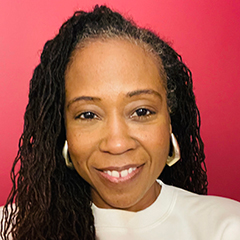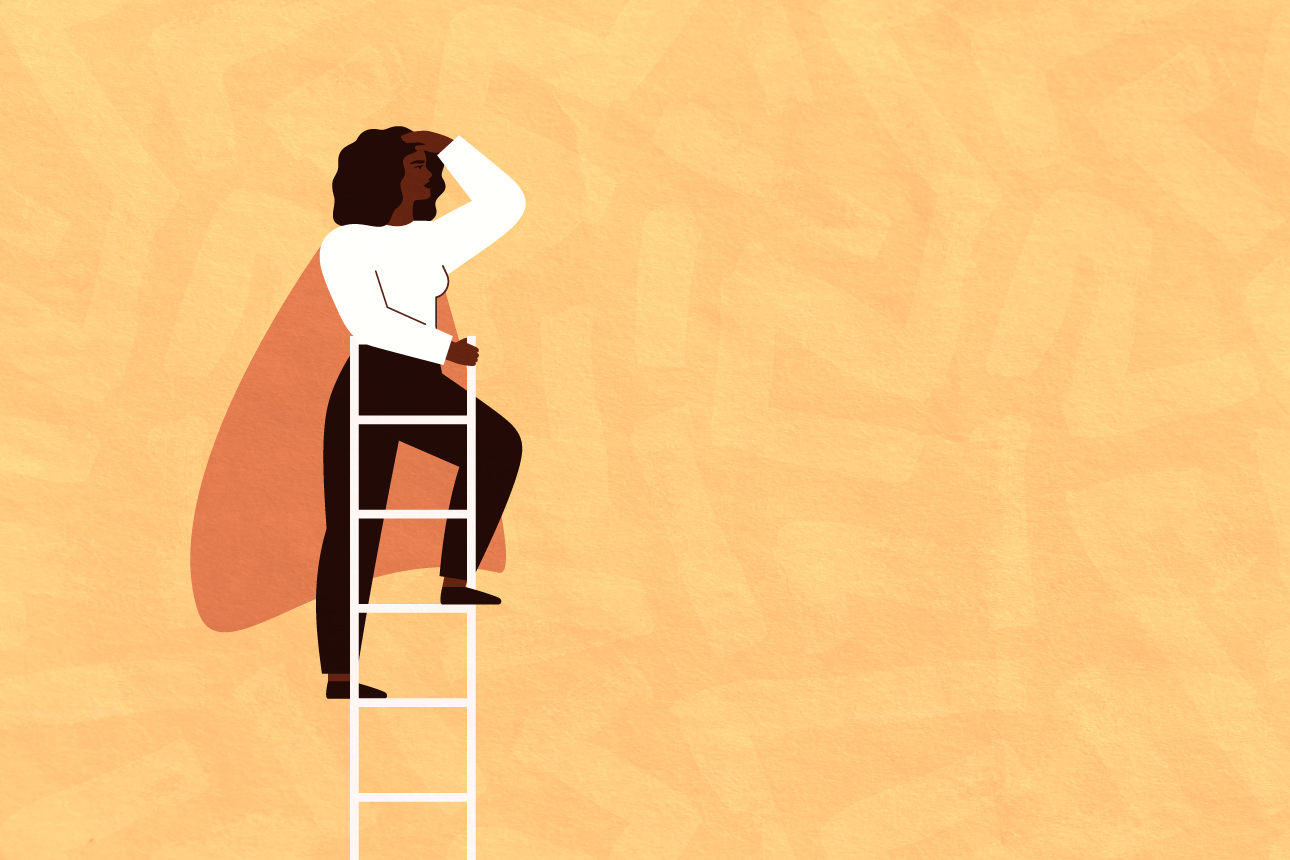Unleash the Superpowers of Your ‘One and Onlys’

Topics
Column

“Jackie Robinson syndrome” is the condition where, as a member of an underrepresented group, you are the first in something, the “One and Only,” and there is a perception that you must be both exceptional and perform at a higher standard than others. (This “syndrome” is named for the American superstar athlete who, in 1947, became the first Black player invited into Major League Baseball.) Many who operate with this status are often seen as anomalies.
Although embracing these anomalous qualities can cause isolation, especially at the beginning, as anomalies continue to survive, over time they set new baselines for “normal.” One and Onlys are often seen as trailblazers because they show us what is possible. They instinctively understand this human peculiarity: They work hard to embrace their differences, to stand out and not blend in. When One and Onlys live their lives always being different, it means they inherently have learned to think outside the box.
Providing support for unique employees doesn’t come naturally in most organizations. There can be bias against embracing the exceptions, even though they are exceptional. But One and Onlys have the power to lead change, which organizations should embrace and provide scaffolds to amplify.
Get Updates on Transformative Leadership
Evidence-based resources that can help you lead your team more effectively, delivered to your inbox monthly.
Please enter a valid email address
Thank you for signing up
The Bias Against Outliers
In the engineering world, we are typically encouraged to get rid of anomalies. Since they can negatively impact our data analysis or how we design a normative solution, anomalies are often discarded.
This bias against outliers and difficult-to-measure data can get baked into processes in extremely detrimental ways. In 1977, for instance, a U.S. Food and Drug Administration policy recommended excluding women of childbearing age from early drug trials following the discovery that a drug used to prevent morning sickness could cause severe birth defects, such as missing limbs. Many absurdities ensued, including a study on whether hormone therapy was an effective treatment for mitigating heart disease after menopause that had 8,341 men enrolled and zero women. It wasn’t until 1993 that the FDA explicitly reversed the recommendations from its 1977 policy. The damage they caused has yet to be fully resolved, because most of the advances the medical sciences have made are still rooted in original studies involving the male body exclusively. A 2020 study based on data from over 2 million patients revealed that women with heart disease are less likely than men to receive the recommended medication.
A similar bias to test with the male as the norm has plagued the auto industry. Since the 1970s, most crash tests created to assess car safety designs have used crash test dummies that are standardized to the average American male body. The National Highway Traffic Safety Administration, an agency of the U.S. federal government that has oversight of automobile safety, didn’t begin to make wider use of female dummies in crash tests until 2003. The consequences are sobering: A 2019 University of Virginia study provided evidence that a female car occupant has a 73% greater chance of being seriously injured in a frontal car crash compared with a male occupant.
These are two real-world examples of what can happen when the experiences and voices of those outside the defined “normal” become muted during the innovation process.
The Upside of Embracing Anomalies
Sometimes scientists choose to deal with anomalies not by discarding them from the data set but by analyzing them to figure out why they exist. How is it that a few metastatic breast cancer patients survive when most do not? How is it that when an entire community contracts COVID-19, one or two people fly through with no symptoms? How is it that most people die before the age of 100, but a select few live to be centenarians? These are questions that are obviously worth embracing.
We don’t need to look far to find proof that when anomalies are not discarded but treated as royalty, they can change the world. Just think about the story of Henrietta Lacks, an African American woman who was diagnosed with terminal cervical cancer in 1951. After her cancer cells were collected and cultivated, they were found to be unusually resilient in the lab, and they were used to unlock some of the biggest advances in medical science. They were the first immortal cells to live outside the human body, and for the past 60 years, Lacks’s cells, called HeLa cells, have been essential to marvelous medical advances ranging from the polio vaccine to chemotherapy and gene mapping. Of course, her cells were taken without her explicit permission, which is counter to the practices that organizations should follow when they encounter anomalies.
Anomalies have the ability to make a big difference, both in laboratories, like with Lacks’s cells, and in the professional world, the way Jackie Robinson did.
Unleash the Talent in Your Own Business
For organizations, anomalies can be seen as that talent that lies within their own ranks — people who stand out from their peers and whom many might consider an unexpected success.
To maximize competitiveness, businesses should not only lean into cultivating One and Onlys but also create a supportive environment where they can thrive even before they are identifiable as that rare anomalous gem.
Here are three ways businesses can utilize differences to lead in change:
Put anomalies in positions of leadership. The fact that One and Onlys are present in worlds where they stand alone in the first place means they’ve navigated tougher challenges than most. One study, for instance, found that while the number of women-owned businesses grew nationally by 21% from 2014 to 2019, the numbers for African American/Black women grew even faster, by 50%. When One and Onlys are put in positions of leadership, they must be actively supported by management — especially as many are less likely to receive help from organizational structures, be openly provided the resources they need to succeed, or have their accomplishments promoted.
Support bravery. It can take a huge amount of courage for One and Onlys to speak up, especially if their opinions are different from what’s being voiced by everyone around them. Leaders have an important role in creating an environment that encourages divergent viewpoints. Leaders must explicitly ask for everyone’s opinion during team meetings to encourage that anomalous discovery. Don’t shut down any ideas, even if they make you uncomfortable. Just like when working with neurodiverse talent, giving feedback that is tailored in response to the individual’s diverse viewpoint can help create a more inclusive work environment.
Go back to the well. Companies should revisit the sourcing pipelines that got them to a broader range of job candidates. There are other One and Onlys who may be in the same place where the first one was found. Once Robinson broke through into the mainstream major leagues, the baseball world realized there was an entire group of players in the Negro Leagues who could be tapped. It changed the normative for the entire sport.
Editor’s note: The title of this article has been modified from its original title of “Unleash the Power of Your ‘One and Only’ Employees.”
